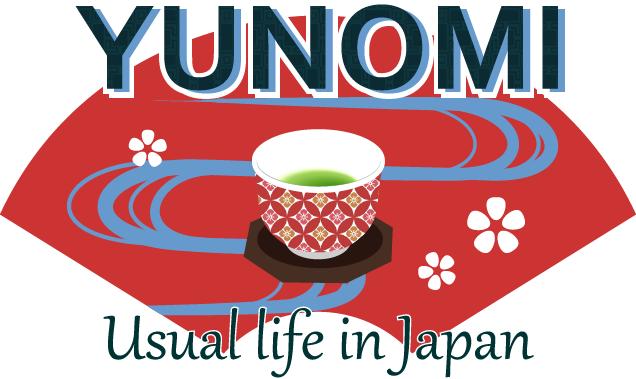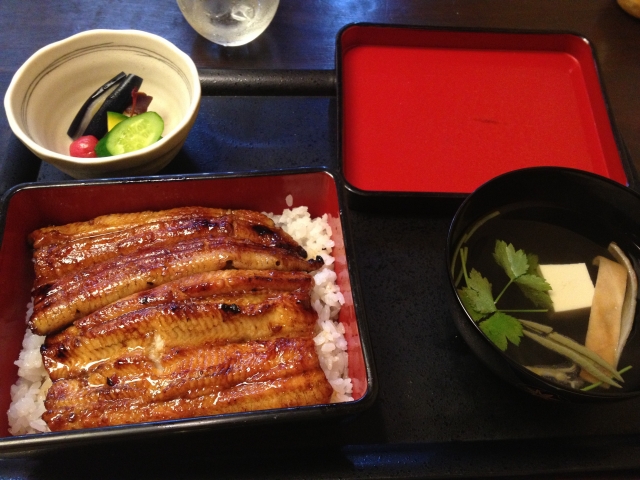Let’s be honest Japan is known throughout the world for its use of cutting-edge technology to make everyday life easier.
In fact, there are hundreds of products in Japan with the sole purpose of increasing strength and alleviating suffering in the sweltering days of a Japanese summer, yet none work as well as unagi (the Anguilla Japonica freshwater eel).
This historical food remedy is crunchy and sweet on the outside while remaining succulent and soft on the inside. Unagi is served throughout the year but the peak consumption is during the summer months in most major cities.
What is Unagi?
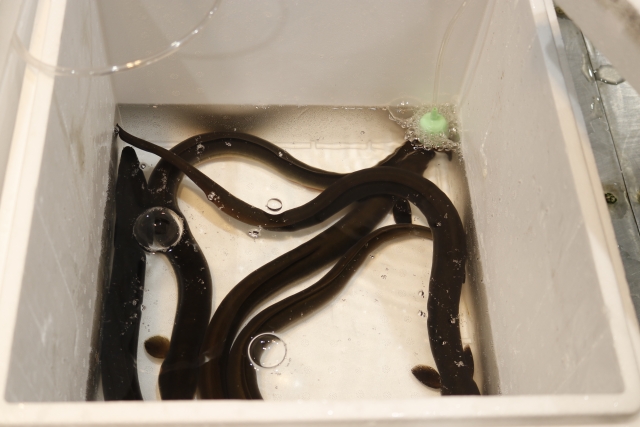
Unagi is the Japanese word for freshwater eel, especially the Japanese eel (Anguilla japonica). Unagi is a common ingredient in Japanese cooking.
Unagi is served as part of unadon (sometimes spelled unagi don), especially in menus in Japanese restaurants in Western countries.
The most popular unagi dishes
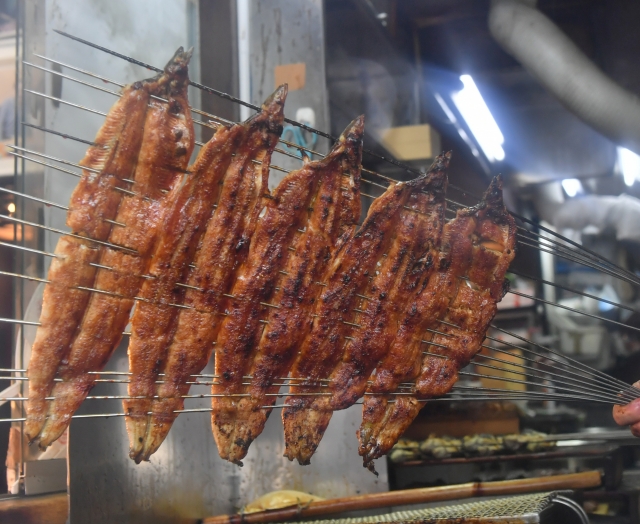
Due to the health hazards of eating raw freshwater fish, eels are always cooked, and in Japanese food, are often served with tare sauce.
Kabayaki is unagi that is grilled over hot charcoal, steamed to remove fat, seasoned with a sweet basting sauce, and grilled a final time over hot charcoal. It can be served on a skewer as a hors d ’oeuvre, on top of a bed of rice, or inside a sushi roll.
Unadon & Unaju
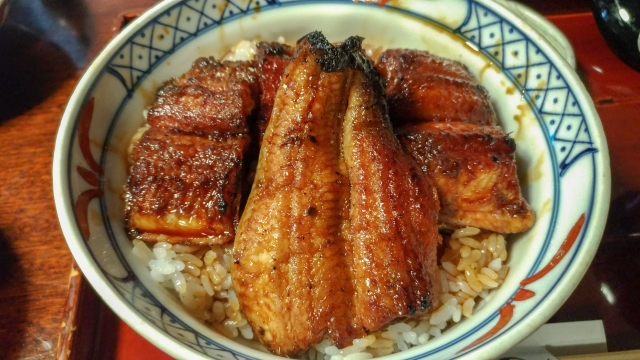 Unadon
Unadon
Unadon is Kabayaki unagi over a bowl of rice, served as donburi (rice bowl) in a lacquer bowl.
Unadon is dripping an original sauce on rice and Kabayaki, and each restaurant has a different taste.
The sauce is mainly made from soy sauce and mirin, and in many restaurants, it is used carefully while being added little by little. The addition of the fat and umami from the eel and the aroma of burnt skin and charcoal creates richness and depth, and it is said that it will mature to a taste unique to a long-established store.
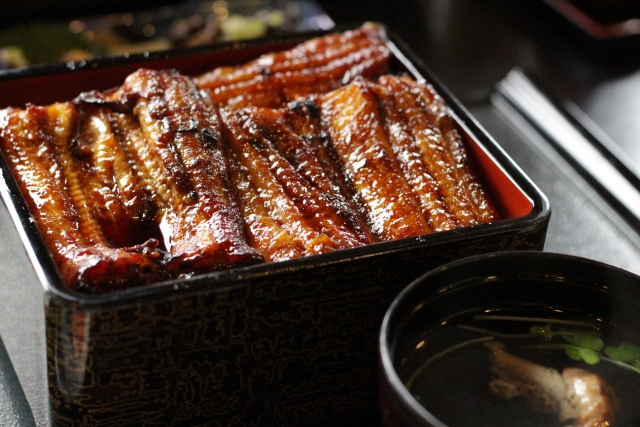
Unaju
Unaju is served in a square lacquerware. There are more rice and Kabayaki than Unadon.
Important supporting role
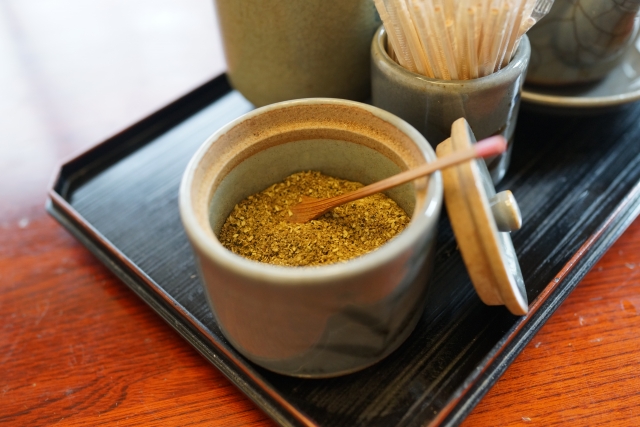
At the eel restaurant, you should be able to find Japanese pepper powder on the table.
Sprinkle Japanese pepper powder just before eating.
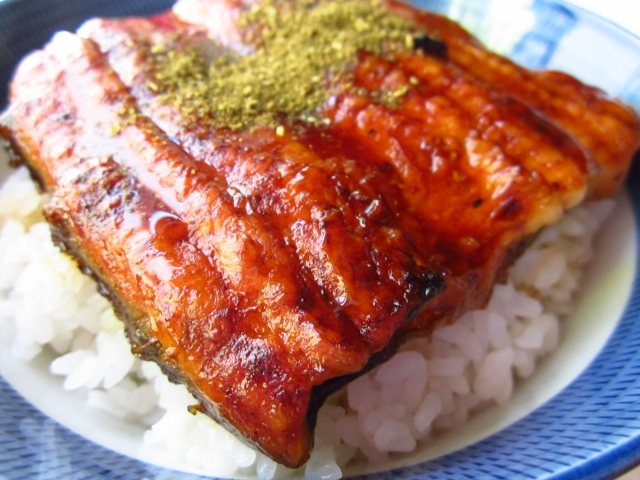 Japanese pepper is a device for refreshingly eating greasy eel, and is said to have the effect of helping digestion and eliminating the muddy odor.
Japanese pepper is a device for refreshingly eating greasy eel, and is said to have the effect of helping digestion and eliminating the muddy odor.
Side dish
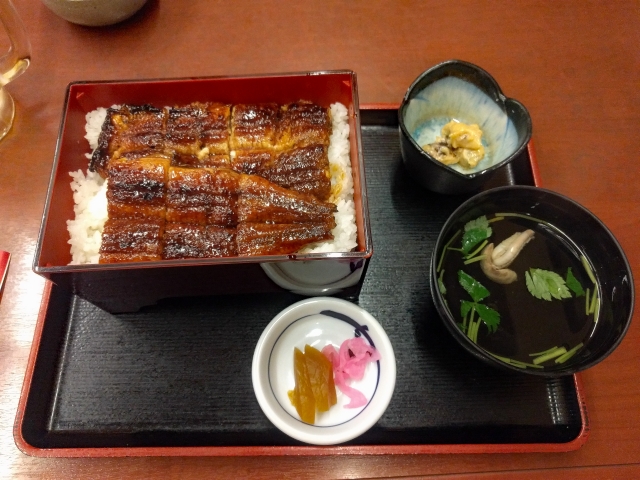
Usually served with kimosui and pickles.
Kimosui is a clear soup with unagi Internal organs.
Shirayaki

Shirayaki is unagi that is grilled without a sauce over hot charcoal, steamed to remove fat, and grilled a final time. You can enjoy the original taste of eel, so you can enjoy it with salt or wasabi and soy sauce.
The Japanese Day of The Ox
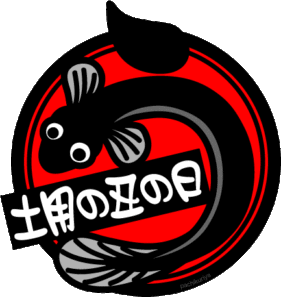
In Japan, eel is famous for "the Japanese Day of the Ox"(the equivalent to the English Midsummer’s Day).
In the summer, if you write "Today, Day of the Ox" on the poster of an eel shop where the number of customers falls, there is a theory that "customers were inundated", and it is also the season when commerce made it.
"Doyo(Ox)" is a miscellaneous clause that refers to the 18 days (or 19 days) before the beginning of spring, summer, autumn, and winter. It comes from the Ying-Yang Five Elements theory that was introduced in China and was assigned at the turn of the season and called "earthen".
Nutritious

Unagi is a source high in protein, rich in Vitamin A, B1, B2, D, and E, calcium, and minerals, unagi has stamina enhancing properties that were discovered by accident during the Edo period (1600-1868).
Over two centuries later, scientists discovered the stamina inducing protein and vitamins contained in the meal, forever locking unagi’s place as an essential component of Japanese summers.
According to Japanese folklore, if you eat unagi on the Day of the Ox, you will have more stamina and endurance for the rest of the year.
As a result, as the Day of the Ox approaches, customers flock to restaurants and shops around Tokyo, Osaka, and Kyoto, trying to stock up on eel before supplies run out.
Because eels have to be prepared and cut alive

During the summer months, most high-end unagi restaurants will have a tank in the center filled with unagi and other seafood creatures and some Izakaya bars will have a small black bucket under the sink filled with live unagi.
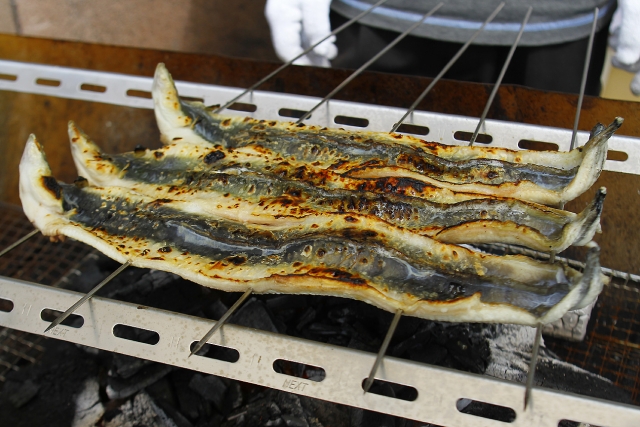
When you order, they will catch and begin preparing the eel; some people like watching their food be prepared, other people find it a huge turn-off. In any case, this approach produces what is arguably the freshest and most delicious unagi in Japan.
Nodaiwa
The restaurant "Nodaiwa" is one of the most famous unagi restaurants in Tokyo that will prepare your unagi fresh. This stamina-boosting treat is perfect for an afternoon snack, a romantic dinner, or as hors d’oeuvres with friends.
If you find yourself in Japan on the Day of the Ox, typically nicknamed Eel Day, go down to your local convenience store, neighborhood restaurant, or Izakaya bar and try their unagi specials.
Unagi zushi
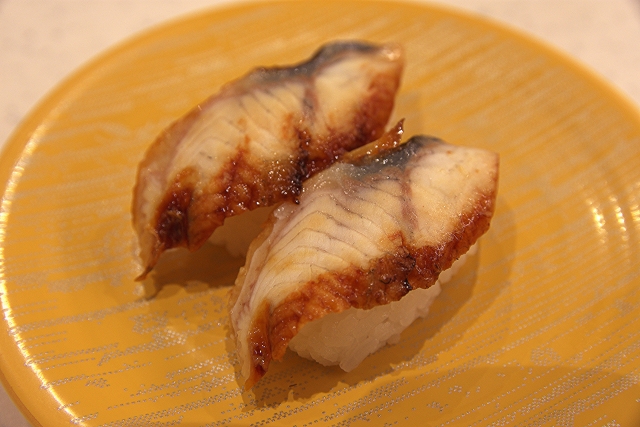
Unagi sushi is pretty popular and available at most sushi restaurants, but the satisfaction of eating the perfectly grilled unagi on top of warm rice is completely different and can not be compared.
The aroma of the sauce alone is enough to make your mouth water.
If you are planning to visit Japan, I hope you will find a good unagi restaurant and give it a try.
The season when eels are the most delicious
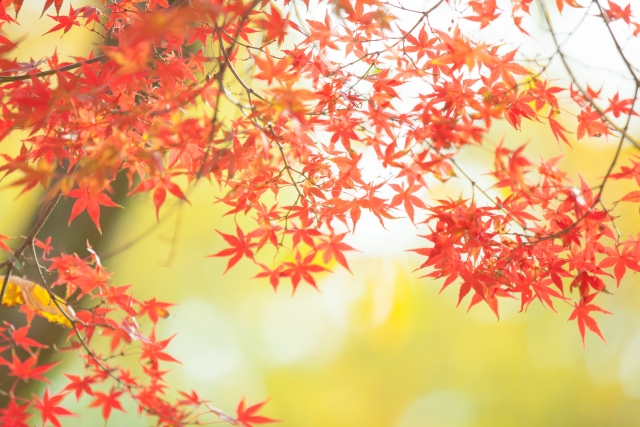
Originally, the season for eels is autumn. From autumn to winter before spawning, eels are said to be the most delicious from October to November because they eat a lot of food and get fat.
If you want to taste eel with all your might, you should enjoy the original taste of eel not only on the day of the Ox but also after it gets a little cooler.
In addition, the restaurant is not crowded during this time.
Unagi In Decline
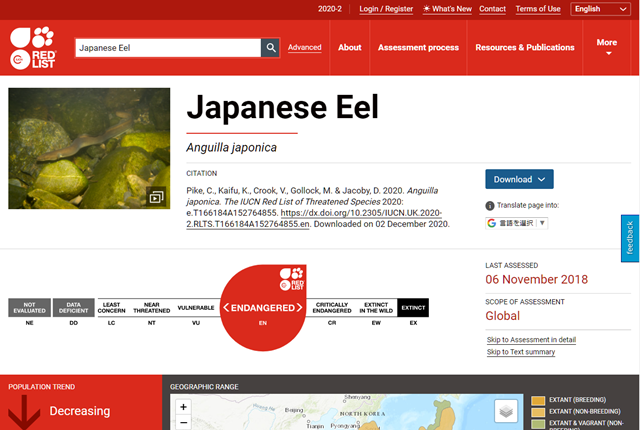
Japan loves its unagi a bit too well...
The government has officially added the nation's freshwater eel population to its "red list" of endangered species after finding a 70 to 90 percent rate of decline over the last three generations.
